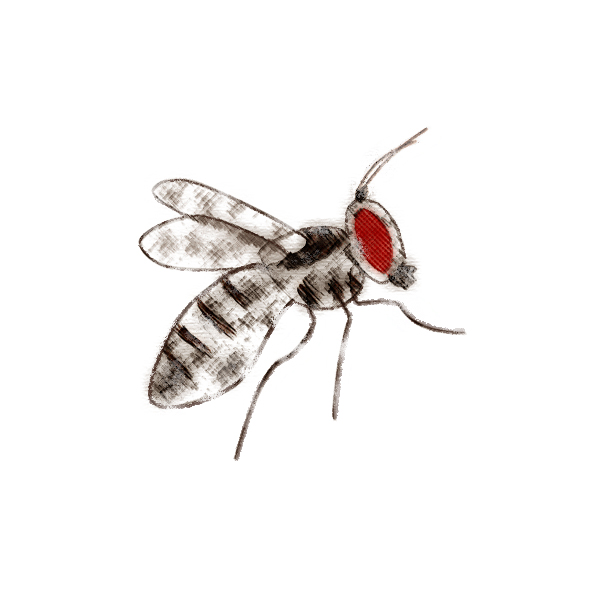The repleta species group is one of the largest and most extensively studied groups in the subgenus Drosophila, with nearly 100 species (Baechli, 2005). This group, largely through the efforts of Patterson, Stone and others (see Patterson and Stone, 1952; Barker and Starmer, 1982; Barker et al., 1990 for a review) has served as a model system for evolutionary and ecological studies. Wasserman (1982; 1992) has examined the phylogeny of the repleta group using polytene chromosome banding patterns and Vilela (1983) has revised this group, largely based on the morphology of the male genitalia. When recoded and analyzed in a parsimony framework, the polytene chromosome phylogeny, while not highly resolved, displays almost no homoplasy (O’Grady et al., 2001). Only a few groups are apparent, including parts of the mojavensis, mulleri, stalkeri, martensis, and buzzatii clusters.
Durando et al. (2000) have recently used several molecular loci to investigate the phylogeny of the repleta species group (Figure 1.17). Their results suggest that the repleta group is not monophyletic with respect to several closely related taxa placed in the repleta radiation by Throckmorton (1975; see above), including the dreyfusi, canalinea, and mesophragmatica species groups. They state that this is due to poor resolution at the base of the tree, and that additional characters may resolve this issue. Their study was quite informative for some of the more derived lineages in this group. For example, the mulleri and buzzatii complexes were sister taxa and monophyletic. Other complexes and subgroups, such as the eremophila, hydei, mercatorum, and meridiana are also monophyletic, although their exact relationships are unclear. The latter results are in agreement with those of Wasserman’s polytene chromosome studies. Spicer and Pitnick (1996) present a phylogeny of the hydei subgroup that gives a more detailed view of evolution in this group than the Durando et al. (2000) tree alone
(excerpted from Markow and O’Grady, 2006, Chapter 1)
Showing 1–24 of 41 results
-

D. aldrichi
$60.00 -

D. anceps
$60.00 -

D. arizonae
$60.00 -

D. borborema
$60.00 -

D. buzzatii
$60.00 -

D. eohydei
$60.00 -

D. fulvimacula
$60.00 -

D. hamatofila
$60.00 -

D. hexastigma
$60.00 -

D. huaylasi
$60.00 -

D. hydei
$60.00 -

D. koepferae
$60.00 -

D. leonis
$60.00 -

D. limensis
-

D. mainlandi
$60.00 -

D. mayaguana
-

D. mercatorum
$60.00 -

D. meridiana
$60.00 -

D. meridianalis
-

D. mettleri
$60.00 -

D. mojavensis
$60.00 -

D. mulleri
$60.00 -

D. navojoa
$60.00 -

D. neorepleta
$60.00
